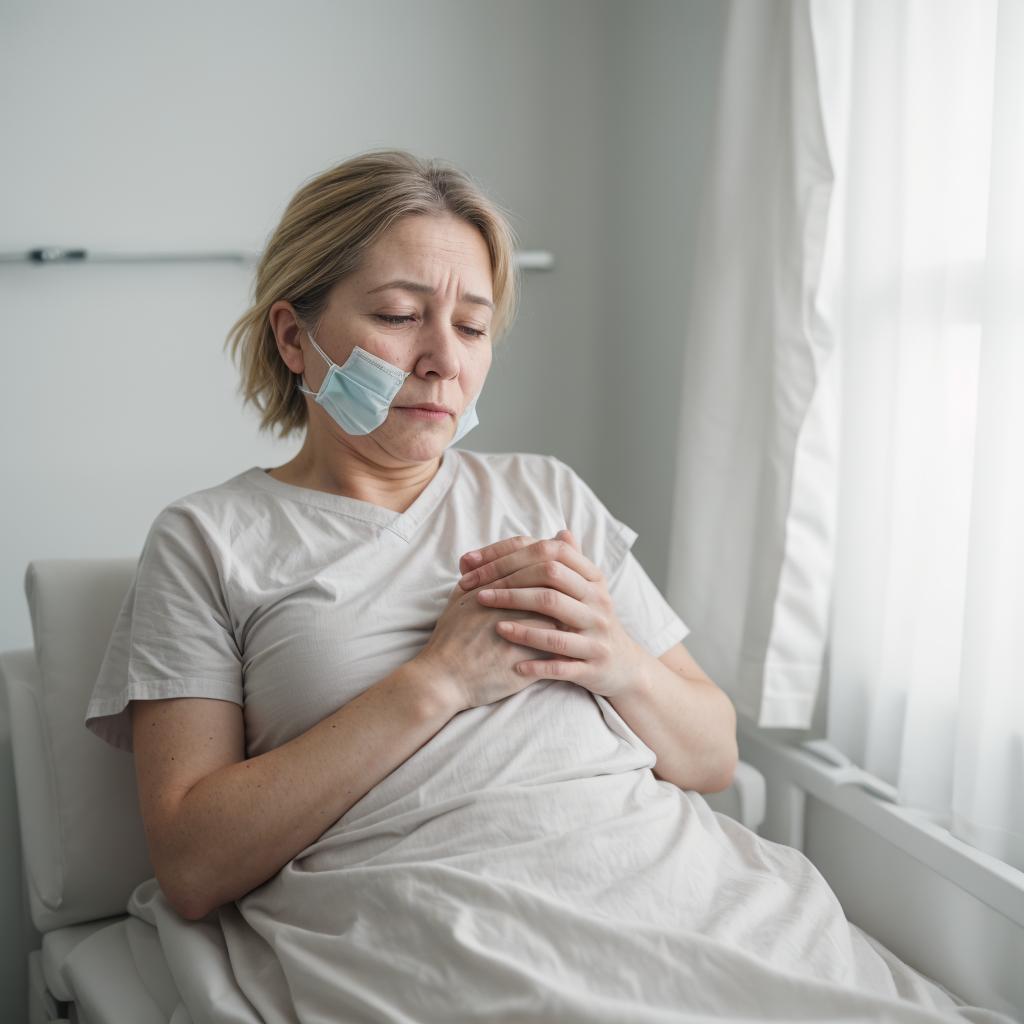
Lip allergies can manifest in various ways, one of which is the development of bumps on the lips.
These bumps can be uncomfortable, unsightly, and even painful. Understanding the causes, symptoms, and treatment options for lip allergy bumps is essential for effectively managing this condition.

Causes of lip allergy bumps
Several factors can contribute to the development of bumps on the lips due to allergic reactions. Some common causes include:
Cosmetic Products: Lipsticks, lip balms, and other cosmetic products may contain ingredients that can trigger allergic reactions in some individuals. These ingredients can include fragrances, preservatives, and dyes.
Food Allergens: Certain foods can cause allergic reactions that result in lip bumps. Common food allergens include nuts, shellfish, dairy products, and gluten.
Medications: Some medications, such as antibiotics or nonsteroidal anti-inflammatory drugs (NSAIDs), can cause allergic reactions that affect the lips.
Environmental Allergens: Pollen, dust mites, pet dander, and other environmental allergens can trigger allergic reactions, leading to lip bumps in susceptible individuals.
Contact Dermatitis: Direct contact with irritants or allergens, such as certain metals or chemicals, can cause contact dermatitis on the lips, resulting in bumps and inflammation.
Symptoms of lip allergy bumps
The symptoms of lip allergy bumps can vary depending on the cause and severity of the allergic reaction. Common symptoms include:
Bumps or Swelling: Small bumps or swelling may appear on one or both lips, accompanied by redness and inflammation.
Itching or Tingling Sensation: Many individuals experience itching or a tingling sensation on the lips before the bumps appear.
Pain or Discomfort: Lip allergy bumps can be painful or uncomfortable, especially if they become swollen or irritated.
Dryness or Cracking: The skin on the lips may become dry, cracked, or scaly as a result of the allergic reaction.
Blistering: In some cases, lip allergy bumps may progress to form blisters or lesions on the lips.
Treatment options
Treatment for lip allergy bumps typically involves identifying and avoiding the trigger allergen or irritant whenever possible. Additionally, the following treatment options may help alleviate symptoms:
Topical Steroids: Over-the-counter or prescription-strength topical corticosteroid creams or ointments can help reduce inflammation and itching associated with lip allergy bumps.
Antihistamines: Oral antihistamine medications can help relieve itching and reduce the body’s allergic response.
Moisturizers: Applying a moisturizing lip balm or ointment can help soothe dryness and prevent further irritation.
Cold Compresses: Applying a cold compress or ice pack to the affected lips can help reduce swelling and discomfort.
Avoidance of Triggers: Identifying and avoiding triggers, such as certain foods, cosmetics, or environmental allergens, is crucial for preventing recurrent lip allergy bumps.
Medical Evaluation: In severe or persistent cases, it may be necessary to consult a dermatologist or allergist for further evaluation and treatment options.
Prevention tips
To prevent lip allergy bumps, consider the following tips:
Read Product Labels: Always check the ingredients list on cosmetic products and avoid those containing known allergens or irritants.
Patch Testing: Perform patch tests before using new cosmetics or skincare products to identify potential allergens.
Maintain Good Hygiene: Keep your lips clean and moisturized to reduce the risk of irritation and allergic reactions.
Avoid Trigger Foods: If you have food allergies, avoid consuming foods that trigger allergic reactions.
Protect Lips from Environmental Allergens: During allergy season, consider wearing a scarf or mask to protect your lips from pollen and other environmental allergens.
Lip allergy bumps can be bothersome and uncomfortable, but with proper identification of triggers and appropriate treatment, symptoms can be effectively managed. If you experience persistent or severe symptoms, consult a healthcare professional for further evaluation and guidance. By taking preventive measures and avoiding known triggers, you can reduce the risk of developing lip allergy bumps and enjoy healthier, more comfortable lips.



